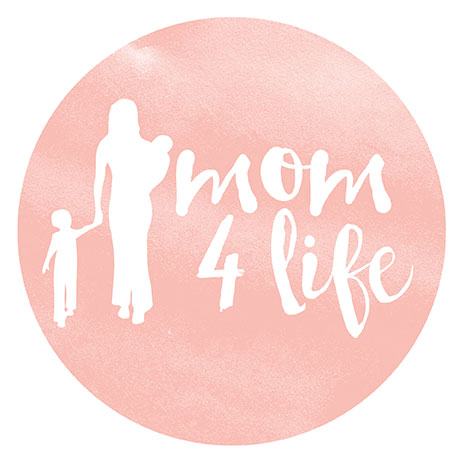C-section Scarring…Do I Care?
Last month I introduced myself and explained that I was going to be writing a 5 part series (one post a month) on the topic of cesarean recovery. Below is part 1 of 5, enjoy!
Ok the baby is out but you have an incision, what now? A scar is the unavoidable result of surgery. For C-sections, the scar is low, which is good but the “tissue handling” during surgery isn’t the most gentle (how many other surgeries remove an 8 pound object?)! That extra handling plus stretched skin can cause scars that are a little more dense, noticeable and/or sensitive during recovery. Do you care how your scar looks? Some people do and some people don’t. What is important to remember is that a smaller scar is usually less symptomatic and/or sensitive, so addressing the scar if it is starting to look thick may be a good idea.
Most scars heal well over time but there are a few things you can do to minimize symptoms during healing and to encourage a flatter, less sensitive scar. Silicone, compression and scar massage all help scar maturation. Silicone by hydrating, compression by controlling cellular reactions and scar massage by organizing fibers and desensitizing the area. These techniques are best done together since they have slightly different effects and can work in different stages of recovery. One alone usually won’t do the trick. The scar massage step is one thing you can do at home without any product.
Scar massage is easy and effective when performed regularly (at least once a day). Get your MD’s approval and don’t start until the wound is closed (aka no scab remaining). It is ok to not start right away since you may be too tender. If you are too tender to start, controlling swelling during that time is a good idea since less swelling means more comfortable. It isn’t too late to start scar management even a month, or longer, out of delivery. Progress as tolerated.
*Using your index and long finger gently provide pressure on the scar. Use just enough pressure to push in a millimeter or two.
*Make small circles in both directions as well as crosswise and lengthwise strokes along the length of the incision area.
* Spend more time on thick or ropey areas, placing gentle tension where you feel resistance.
*It should not be painful or cause any discomfort or swelling after you stop.
*Believe it or not, scars mature for a year! Most scars are pretty stable at 3-4 months, but if you have keloids or heavy scarring, using scar massage and the other techniques mentioned can help for quite some time.
* Always see your MD with any redness, drainage or opening of your wound, with any worsening symptoms or if you are concerned with how your scar is progressing.
lotions, oils and potions: Hydration changes scarring at a cellular level. Topical moisturizers hydrate. Whatever lotion or potion you like is pretty much the same. There is no magic one and in my 15 years in healthcare, I saw cocoa-butter, aloe and vitamin E all have their hey-days. Externally applied, “hydration” benefits the area for a time until the skin absorbs it. Once absorbed, the effect is over. Silicone works by the same principle it just keeps the moisture in, is not absorbed and so affects the area longer.
The only big thing to remember with scar management is never put oils, lotion, potions or silicone on an open wound (i.e. any scab remaining). You need to wait until the skin is closed to avoid introducing a foreign substance into the wound. Don’t worry about waiting; the scar is maturing for up to a year, so you have plenty of time to massage away! The caveat with this is, since the wound is maturing for quite some time, you do need to use whatever you choose for awhile if you want the effects to last. A good 3-6 months for symptomatic scarring and a longer period for keloid type scarring, is a good idea. Really bad scars? There are medical treatments you can ask your MD about. Happy healing. Knowledge is power!

Catherine Brooks OTR, MPH
M. Meunier MD,
C-Panty CEO and Consultant: 18 years of experience in post-surgical rehabilitation in New York City and San Diego and five even more challenging and exciting years of experience as a mom of a three. (All by cesarean, of course!)
“Recover in Comfort” series will address all those things you ever ( or never!) ever wanted to know about c-section delivery.
